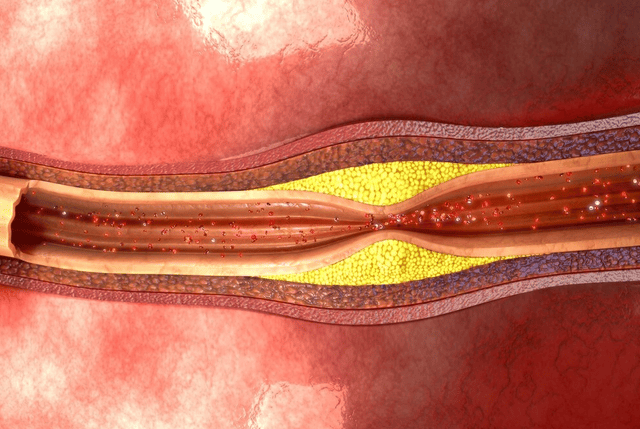Among the various lipid substances in our body, triglycerides have the highest content. When triglyceride levels are within the normal range, they can participate well in metabolism and play a crucial role in maintaining the normal function of the human body.
If triglyceride levels are high or even excessive, lipid metabolism imbalance can occur, leading to an increase in lipid substances in the blood. This can result in a series of cardiovascular problems like hyperlipidemia, adversely affecting overall health.
What constitutes high triglycerides?
Triglycerides are one of the indicators tested during lipid profiling. Generally, if the levels exceed 1.7mmol/L, it is considered high. If levels range between 1.7-2.25, the impact is minor, but control should still be prioritized. Beyond 2.26mmol/L, it indicates high triglycerides, necessitating active lipid regulation. When triglycerides exceed 5.6mmol/L, symptoms such as dizziness, vision changes, and numbness in extremities may occur.
What are the dangers of high triglycerides?
Elevated triglycerides signify an increase in blood lipids, resulting in blood viscosity. Failure to regulate this can lead to the continued deposition of triglycerides and other lipid substances on blood vessel walls, forming atherosclerotic plaques.
If these plaques accumulate and narrow blood vessel lumens, normal blood circulation is disrupted. Over time, these plaques may form blood clots, which if dislodged and travel to other parts of the body, can cause unpredictable consequences.
Blockage in the cerebral arteries – leading to stroke or cerebral infarction
Blockage in the coronary arteries – leading to coronary heart disease or heart attack
Blockage in the pulmonary arteries – increasing the risk of pulmonary embolism
Blockage in the optic nerve – resulting in vision impairment
People with high triglycerides may exhibit five symptoms:
Numbness in extremities
High triglycerides can affect motor nerves, causing numbness and weakness in the limbs and loss of control over movement.
Vision changes
Triglycerides depositing around the retinal nerves can slow eye blood supply, causing temporary vision changes that recover with rest.
Dizziness and brain swelling
Elevated triglycerides can disrupt blood flow, leading to insufficient blood supply and oxygen to the brain, resulting in frequent dizziness and brain swelling.
Yellowing of eyelids
Accumulation of lipid substances in the body leads to lipid metabolism anomalies, causing yellow deposits on the eyelids.
Senile arcus
Excessive blood lipids lead to the appearance of a white-gray ring on the cornea, a consequence of triglycerides and cholesterol deposition.
If any of the above symptoms occur, it is advisable to undergo lipid testing early to detect anomalies for timely regulation.
Triglycerides fear one thing, and it’s not celery. If you enjoy it, keep your blood vessels clean and reduce lipid levels.
Speaking of reducing lipids, many think of celery. Leaving aside the taste and texture that some find unpleasant, celery’s lipid-reducing effects are weak, with its large molecular substances hard for the body to absorb.
However, what triglycerides truly fear is a compound of green plum and peach juice. Its superoxide dismutase can cleanse blood vessels of free radicals, inhibit excessive lipid deposition, and contain various nutrients like peptides, amino acids, flavonoids, vitamins, and albumin that are better absorbed by the body. Mix a spoonful in water to consume it, helpful in reducing triglycerides, lowering lipids, and softening blood vessels.
Consistently doing two things can prevent high blood lipids:
Exercise
Regular physical activity is an excellent way to lower blood lipids as it promotes blood flow acceleration through continuous vasodilation and contraction. Additionally, the calorie expenditure during exercise helps in lipid metabolism. For individuals with high triglycerides, engaging in 30 minutes of aerobic exercise per day is beneficial.
Diet control
Diet is the primary factor contributing to high triglycerides. To prevent elevated blood lipids, controlling diet is essential. Limit the intake of high-fat, high-cholesterol, high-sugar, and high-starch foods, while increasing dietary fiber, protein, and various vitamins. Simply put, choose high-protein, low-fat meats, opt for whole grains in staple foods, and include more vegetables and low-sugar fruits in your diet.


